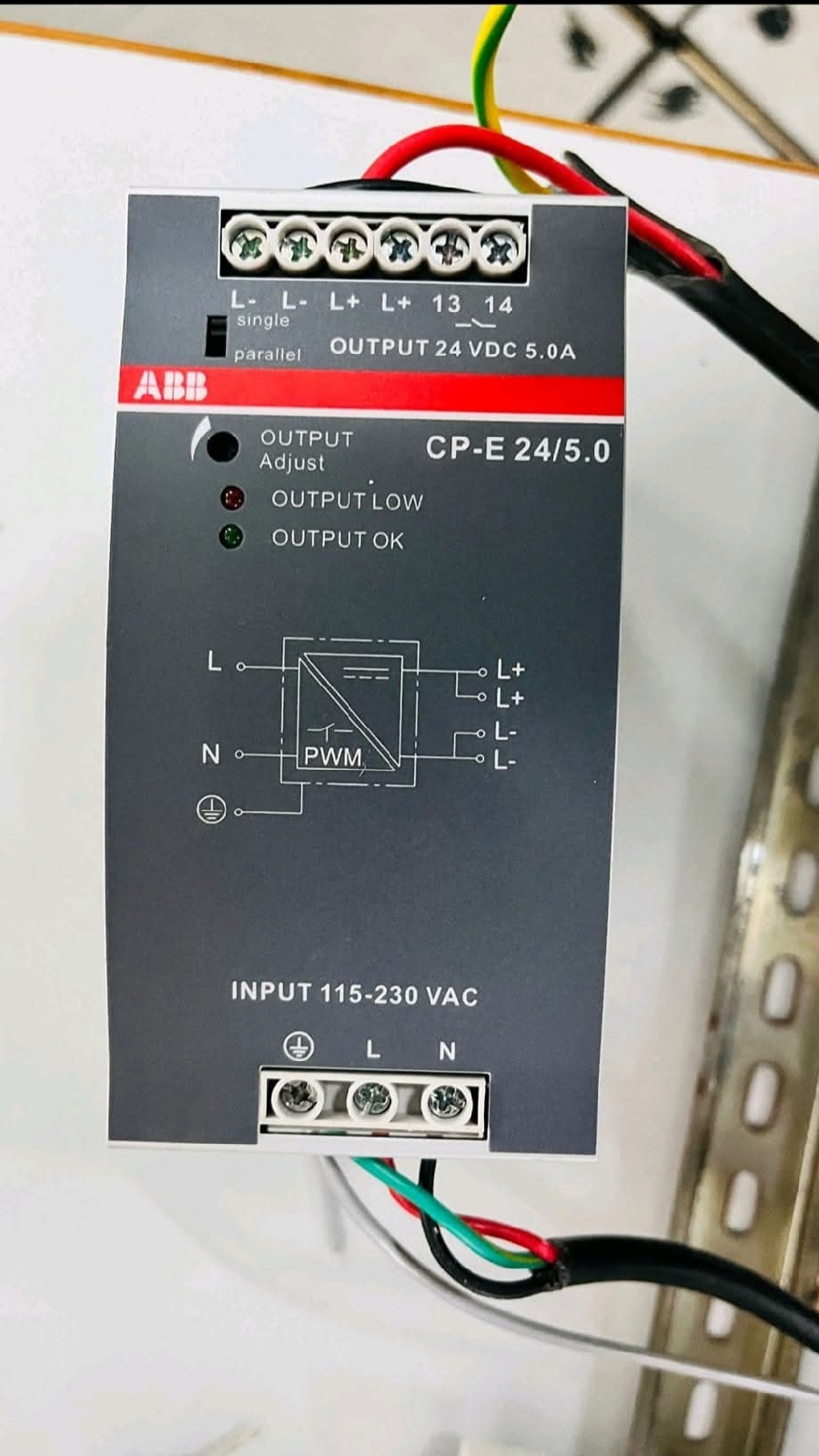An SMPS is an electronic power supply that uses a switching regulator to convert electrical power efficiently. Unlike traditional linear power supplies, SMPS regulates output by rapidly switching the power on and off using a high-frequency pulse-width modulation (PWM) technique. This makes it smaller, lighter, and more efficient, with minimal heat dissipation.
2. Working Principle:
• AC to DC Conversion: The SMPS first rectifies the incoming AC voltage (115-230V) into DC using a rectifier circuit.
• DC to High-Frequency AC: The rectified DC is then converted into high-frequency AC using a switching transistor.
• Voltage Regulation: Through pulse-width modulation (PWM), the duty cycle of the switching device is controlled to adjust the output voltage.
• Rectification and Filtration: Finally, the high-frequency AC is rectified back into DC, and filters are applied to smoothen the output.
• Feedback Loop: A feedback circuit monitors the output voltage and adjusts the PWM accordingly to maintain a stable 24V output
3. Applications:
• Industrial Automation: Powering programmable logic controllers (PLCs), sensors, and actuators.
• Control Systems: Used in robotics, conveyor systems, and other process control applications.
• Telecommunication Equipment: Provides stable power to routers, switches, and other network devices.
• Medical Equipment: Ensures stable operation of critical devices like ventilators, diagnostic machines, etc.
• Renewable Energy Systems: Converts energy for battery charging or grid tie-ins.
Key Features:
• Compact design, ideal for space-constrained control panels.
• Overload and thermal protection for reliability.
• LED indicators for status monitoring.
• Multiple outputs for parallel load sharing.








No comments:
Post a Comment